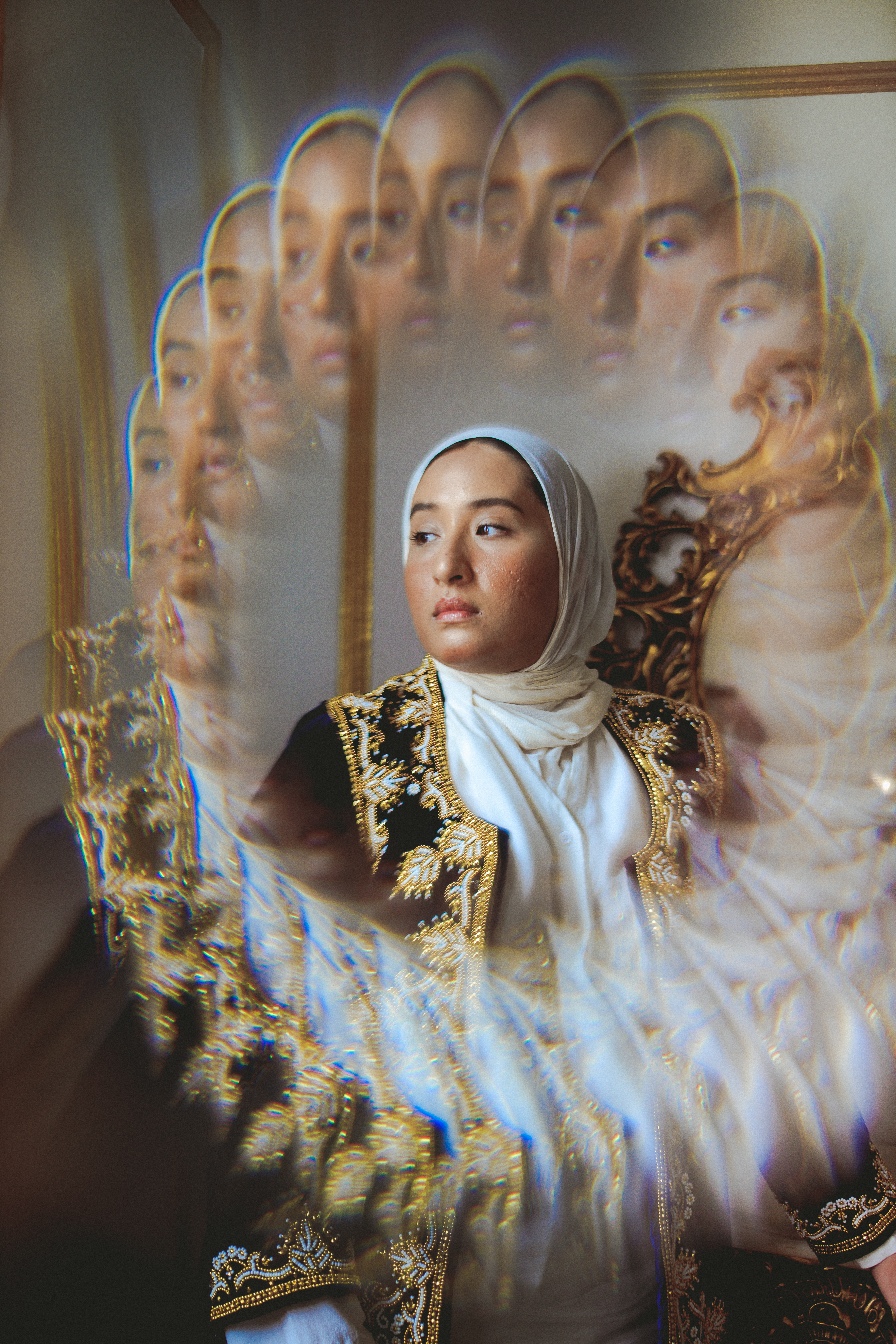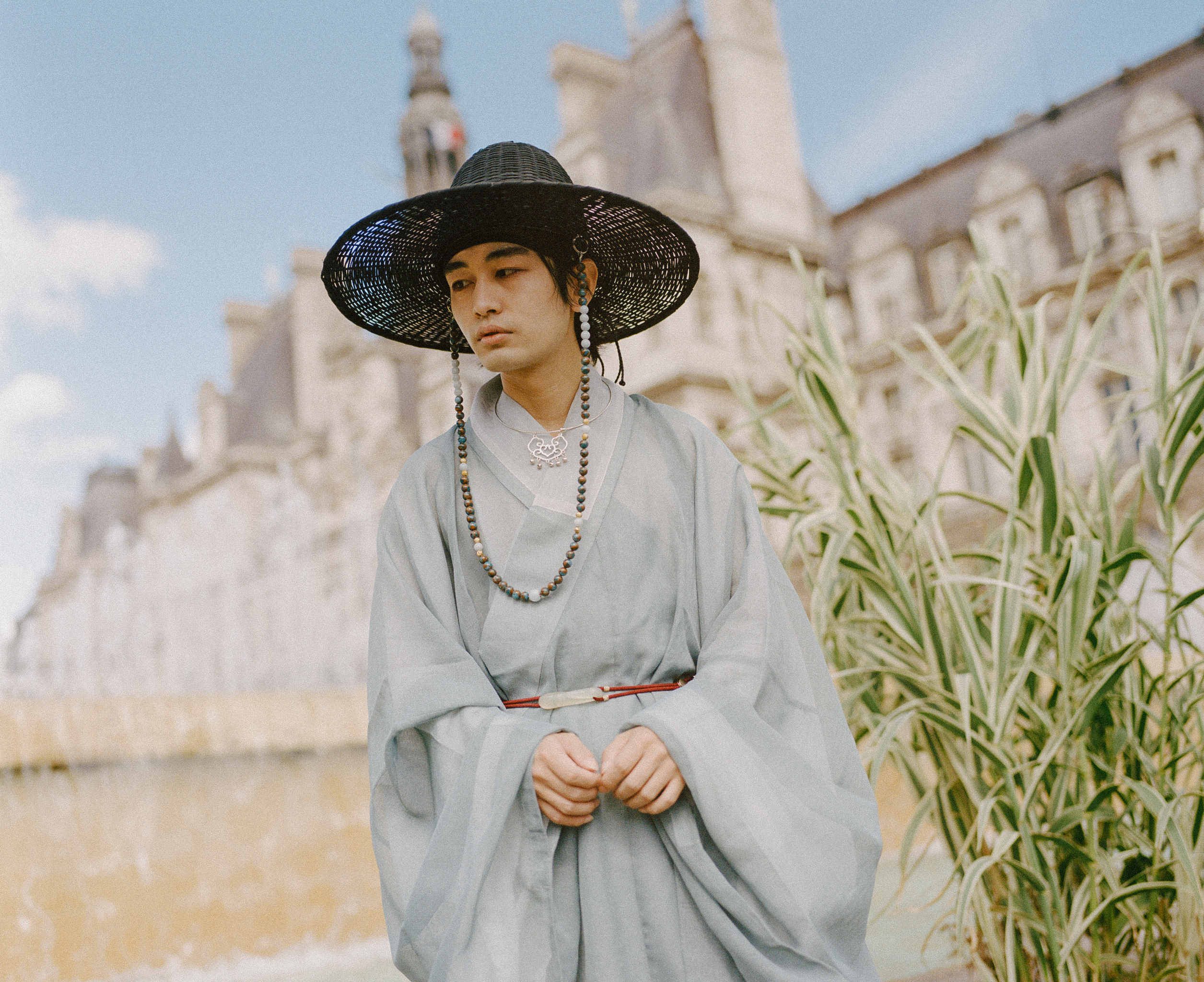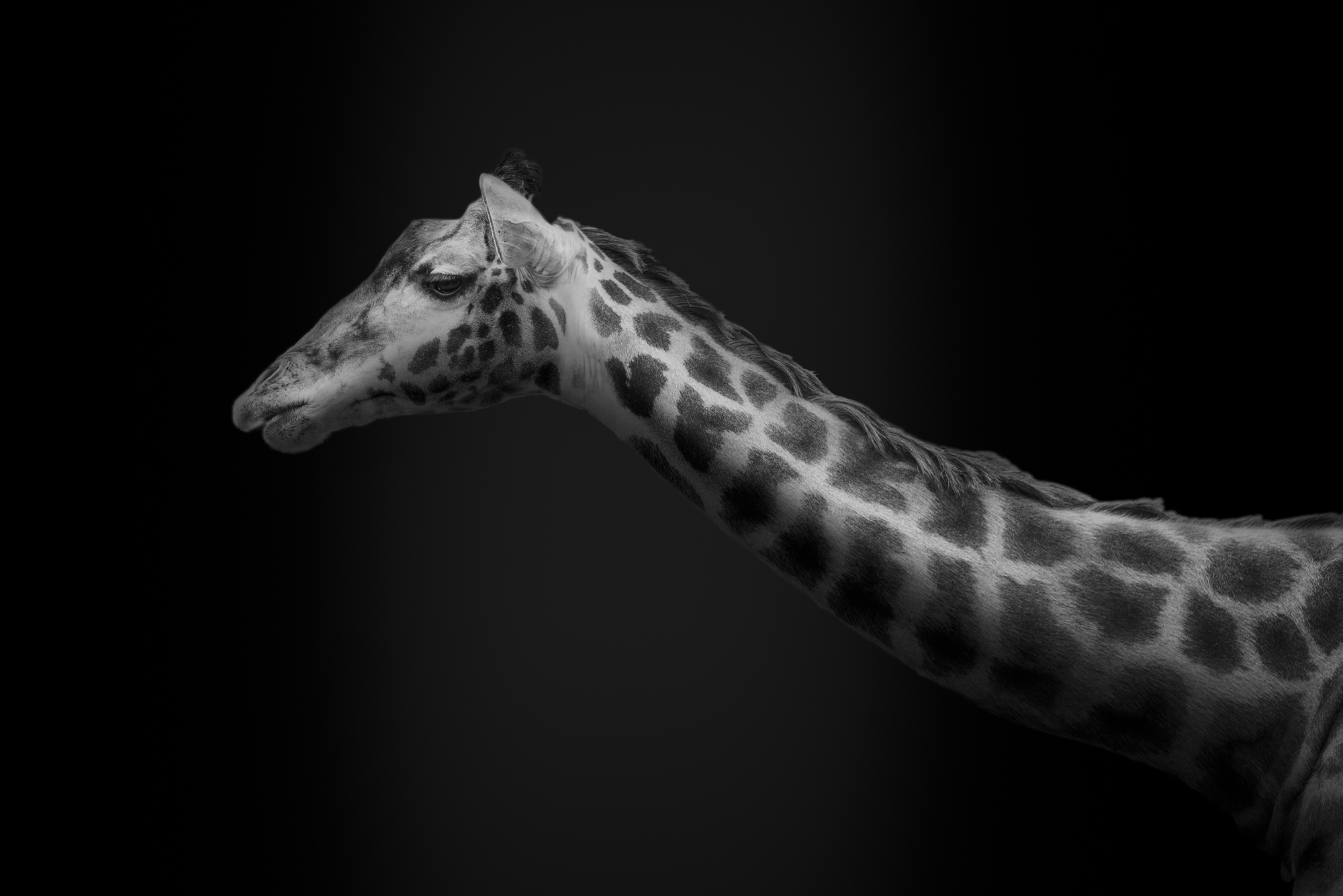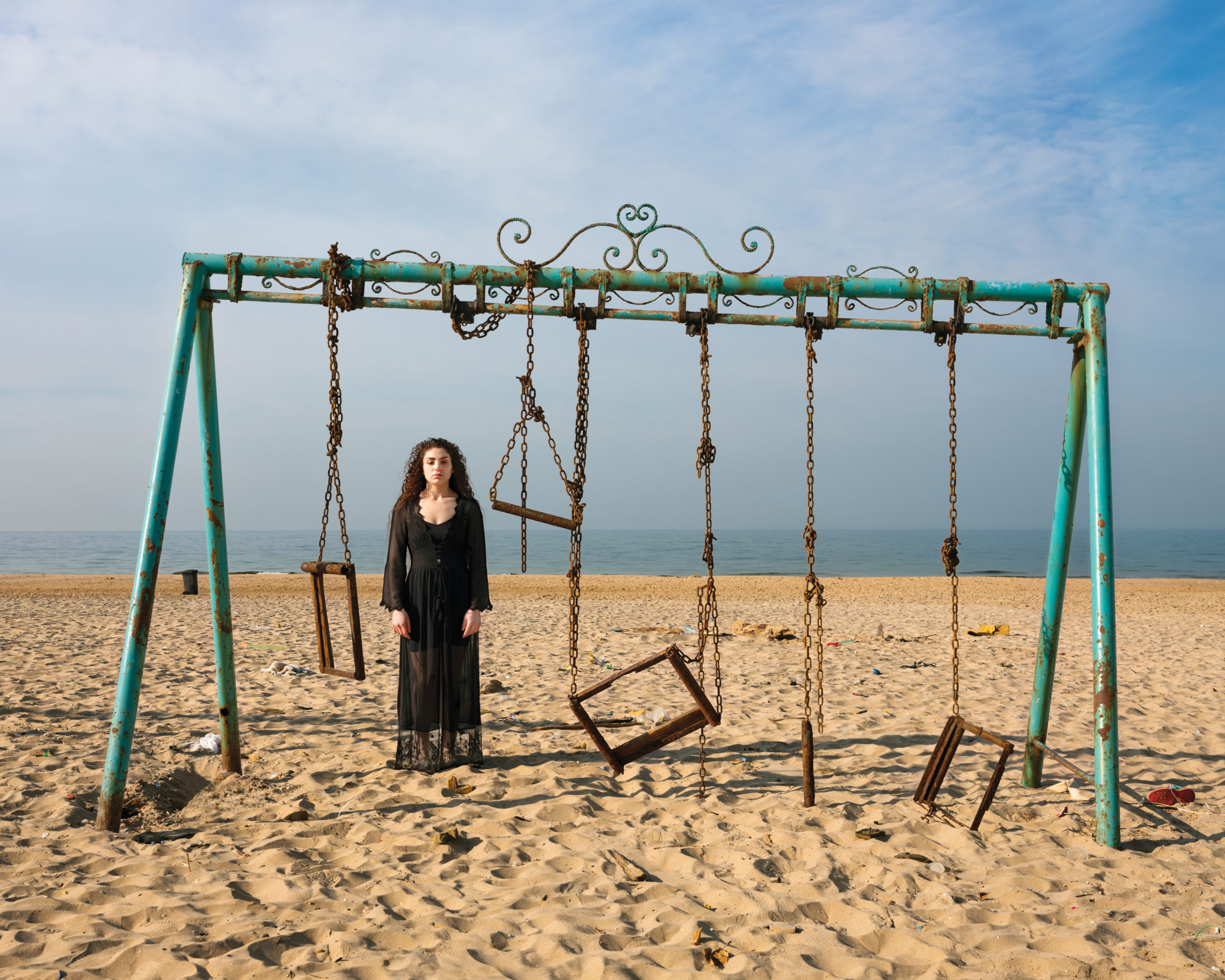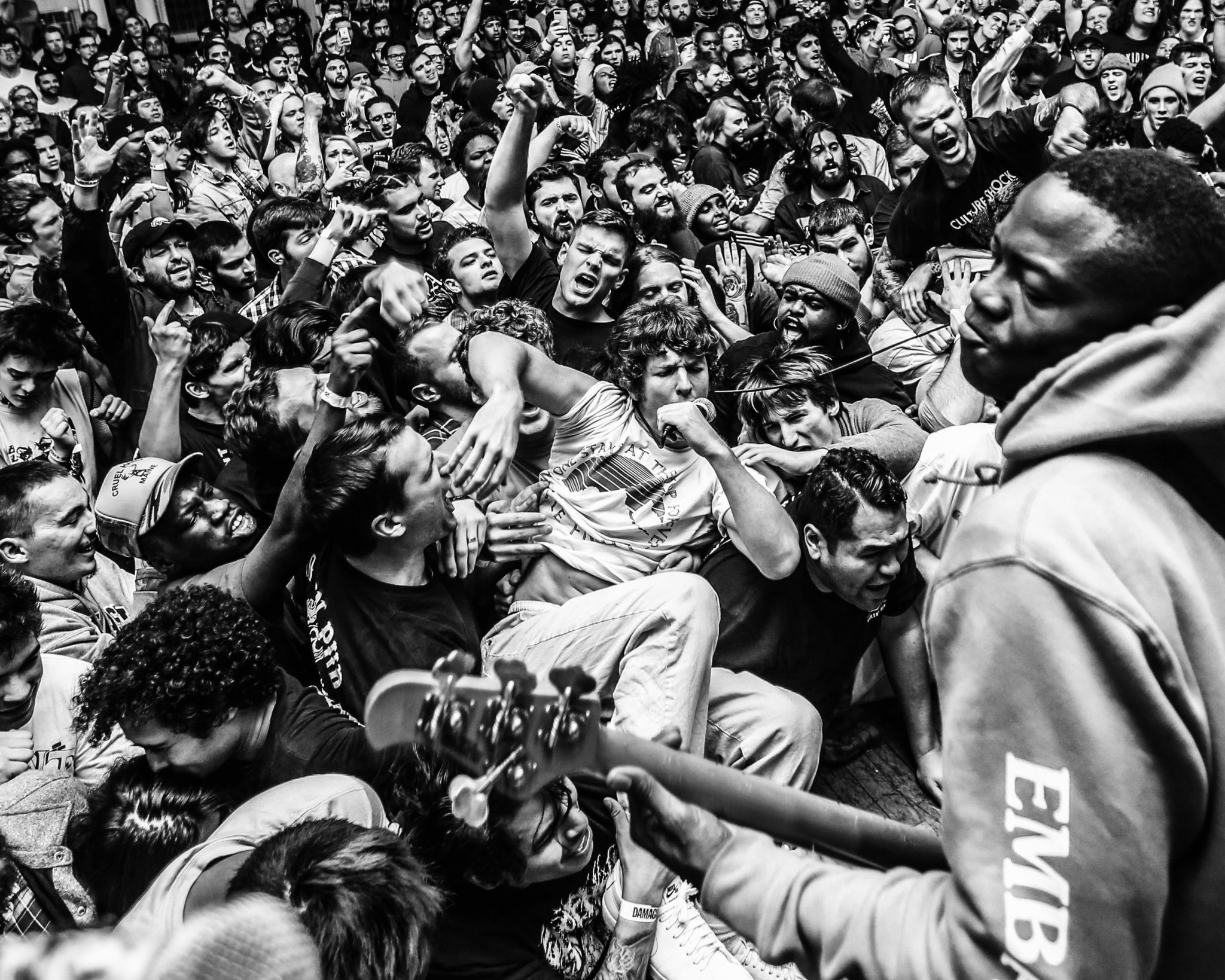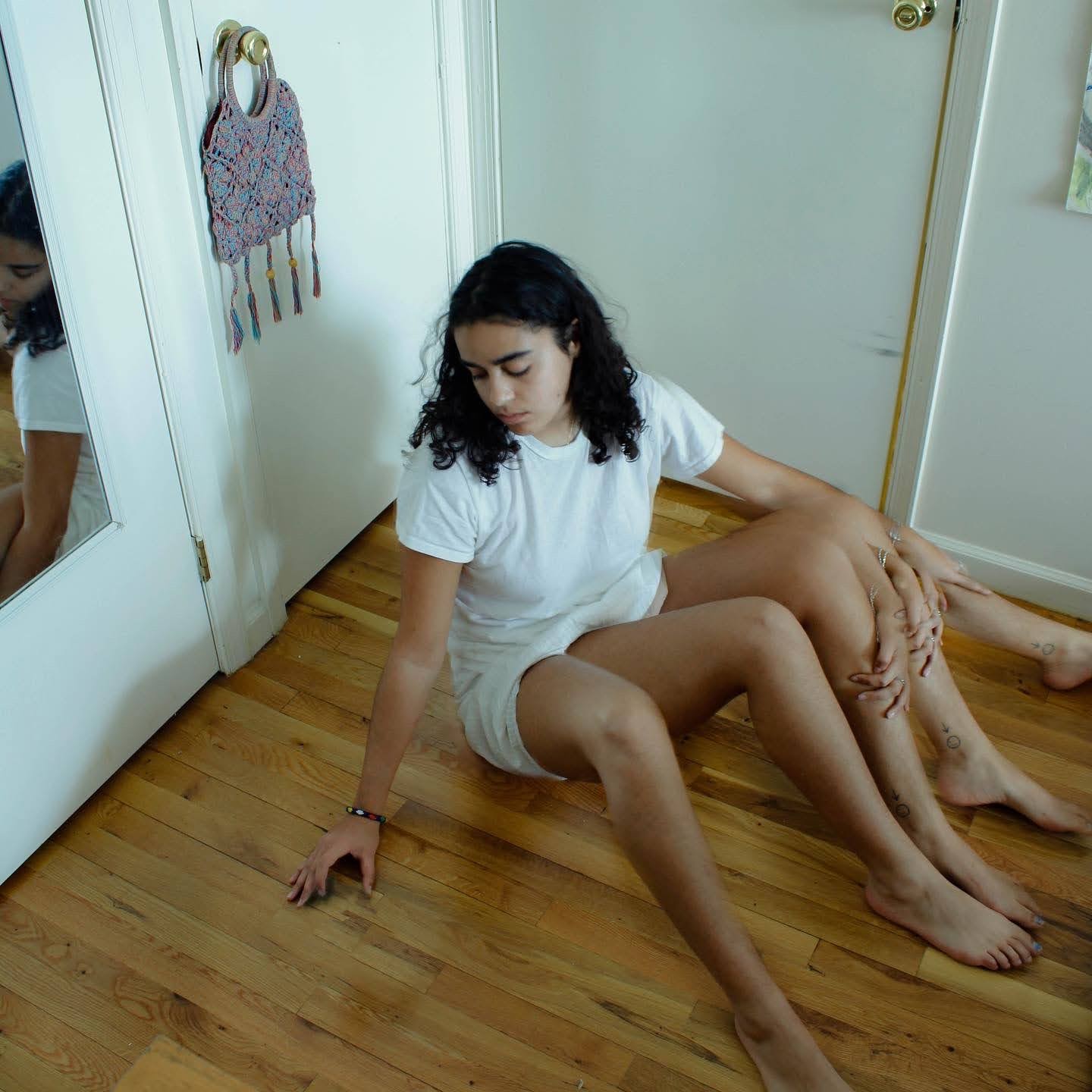Since 2021, April has been observed as Arab American Heritage Month in the USA. We look at ten Arab American photographers we’ve spoken to in the past couple of years. You’re sure to find more than a handful of amazing stories in this roundup.
Table of Contents
Simon Chetrit
He loves taking portraits, and Simon Chetrit finds his love for analog portraiture growing daily. But after the Covid-19 pandemic, he’s taken a stance on creating more empathetic and sincere photos, seeing how the world is getting increasingly polarized. Read more about this in our interview with him.
Amir Saidi
As beautiful as wildlife is in all its colorful glory, there’s a certain majestic charm to seeing them in black and white too. Amir Saidi excels at this and finds this method to be more pure and raw, just the way he sees the animals in front of his lens.
Tamara Hijazi
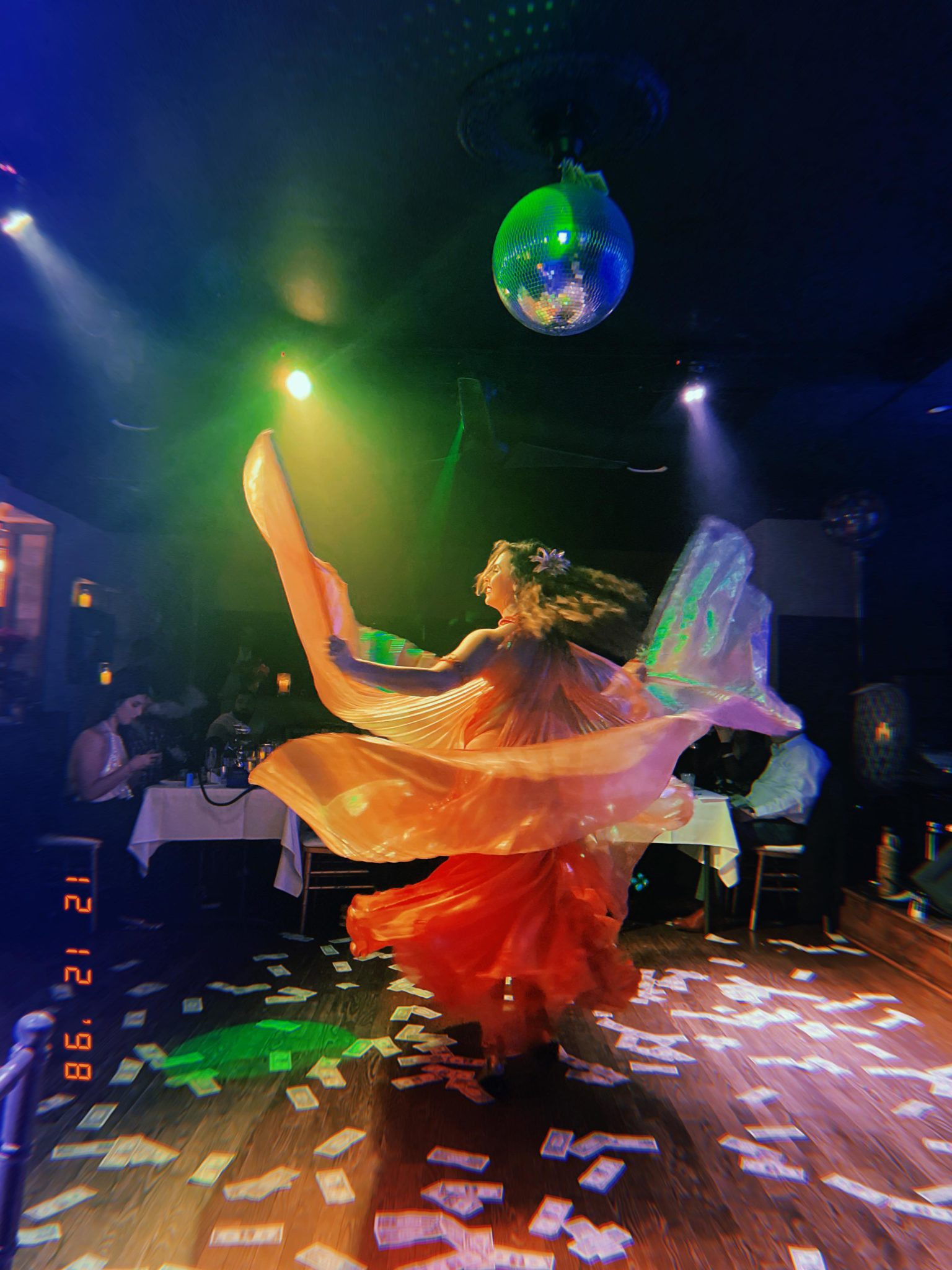
The pandemic rekindled Tamara’s connection with cameras. She did a series then titled 020-We Didn’t Know which documented the umpteen uncertainties that everyone had during the lockdown. She told us why life felt so bleak back then, even for the most basic human interactions between people in the same household.
Rania Matar
Rania draws on many of her cross-cultural experiences and personal narratives to shape her photography. She often looks to find strength, beauty, resilience, and more in the women she photographs.
Farrah Skeiky
She’s anything but nostalgic, which played a big part in shaping Farrah’s visual style in photography. A few years ago, she released her book Present Tense, which takes a new look at punk, hardcore, and DIY bands in DC.
Nina Ahmadi
While the others on our list enjoy photographing others greatly, Nina Ahmadi finds solace in turning her camera on herself. This is twice as challenging since you need to nail not just the technical aspects but also make sure you’re artistically posing just how your mind perceives the shot.
Tasneem AlSultan
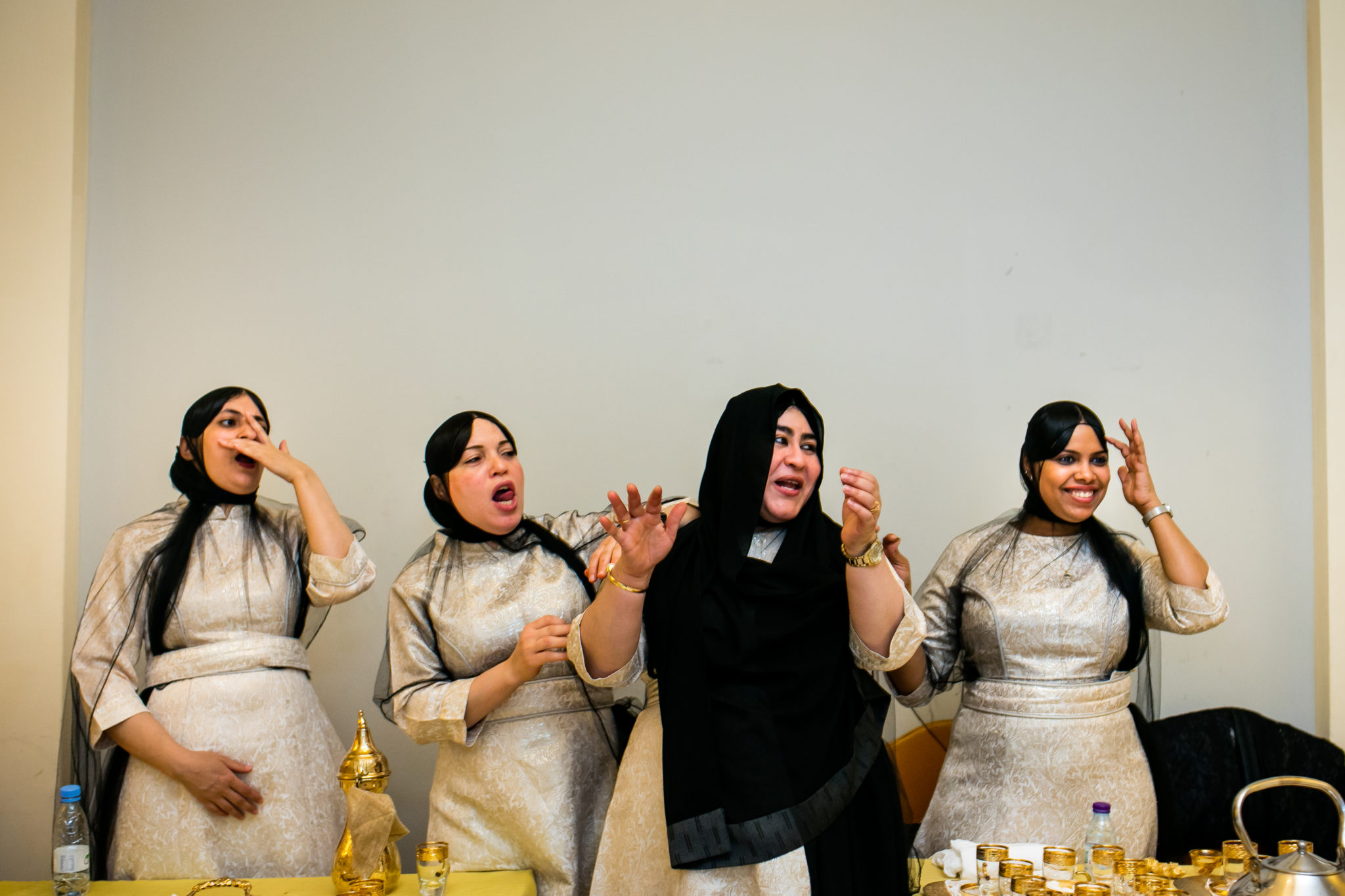
A surprising incident from her youth propelled Tasneem to photograph the lives of the often unnoticed but always hardworking maids, helpers and workers in her home country of Saudi Arabia. She felt it was absolutely necessary to portray them in a dignified manner.
All images are used with permission and are copyrighted by the respective photographers. The lead image is by Tamara Hijazi


